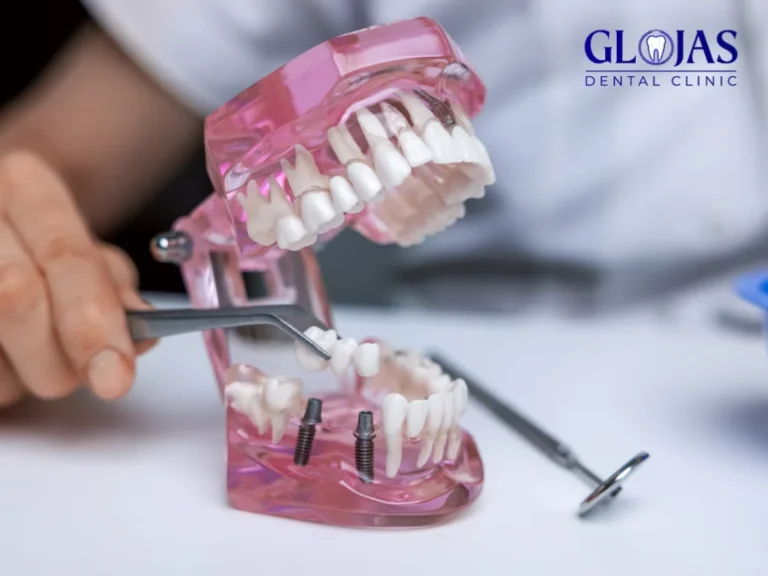One prevalent misconception surrounding chemical peels is the assumption that they are extremely painful, accompanied by severe side effects. However, the reality is that individuals may experience varied reactions to different skin treatments. It’s crucial to understand that the side effects of chemical peels are generally mild, with a complete healing process typically taking place within two weeks. To achieve optimal results, multiple treatment sessions over several months are recommended, showcasing the gradual improvement of skin appearance.
The Beauty of Chemical Peels
Chemical peels stand as one of the most sought-after cosmetic procedures, capable of eradicating signs of aging, specific types of acne, and skin discoloration. Whether used to diminish signs of aging or treat various skin conditions, the benefits include fewer fine lines, a more even skin tone, a brighter complexion, and smoother skin texture.
What is a Chemical Peel?
For those unfamiliar with chemical peels, it is a treatment that utilizes chemicals such as salicylic acid, glycolic acid, and trichloroacetic acid to peel away layers of the skin, revealing healthy and rejuvenated skin underneath.
Tailored Chemical Peels
Depending on individual needs and dermatologist recommendations, there are three types of chemical peels available, each catering to specific concerns:
- Superficial Peels: Using mild acids like alpha-hydroxy acid, these peels gently exfoliate, penetrating only the outermost layer of the skin.
- Medium Peels: Employing trichloroacetic or glycolic acid, these peels reach both the middle and outer layers of the skin, effectively removing damaged skin cells.
- Deep Peels: Penetrating the middle layer of the skin, these peels, often using phenol or trichloroacetic acid, fully remove damaged skin cells.
The Process
Chemical peels are typically conducted in a dermatologist’s clinic with little to no anesthesia. For deeper peels, a mild sedative may be administered on the day of the procedure. Before initiation, the designated treatment area is thoroughly cleaned and dried.
The peel involves applying a chemical solution to the skin, allowing it to sit. Some individuals may experience slight stinging or discomfort during this phase. Depending on the peel type, the dermatologist may apply a neutralizing agent after a specified duration.
In most cases, the entire area is treated at once. However, for deeper peels, the process might be performed in small sections to monitor the patient’s response closely.
Seeking Professional Guidance
While chemical peels are available at spas or for at-home use, consulting a dermatologist is strongly recommended. This ensures informed decision-making regarding the most suitable chemical peel procedure for individual skin needs. If uncertainties persist, consulting with one of our experienced GLOJAS Doctors can provide personalized guidance, ensuring a smooth journey towards radiant and healthy skin.












